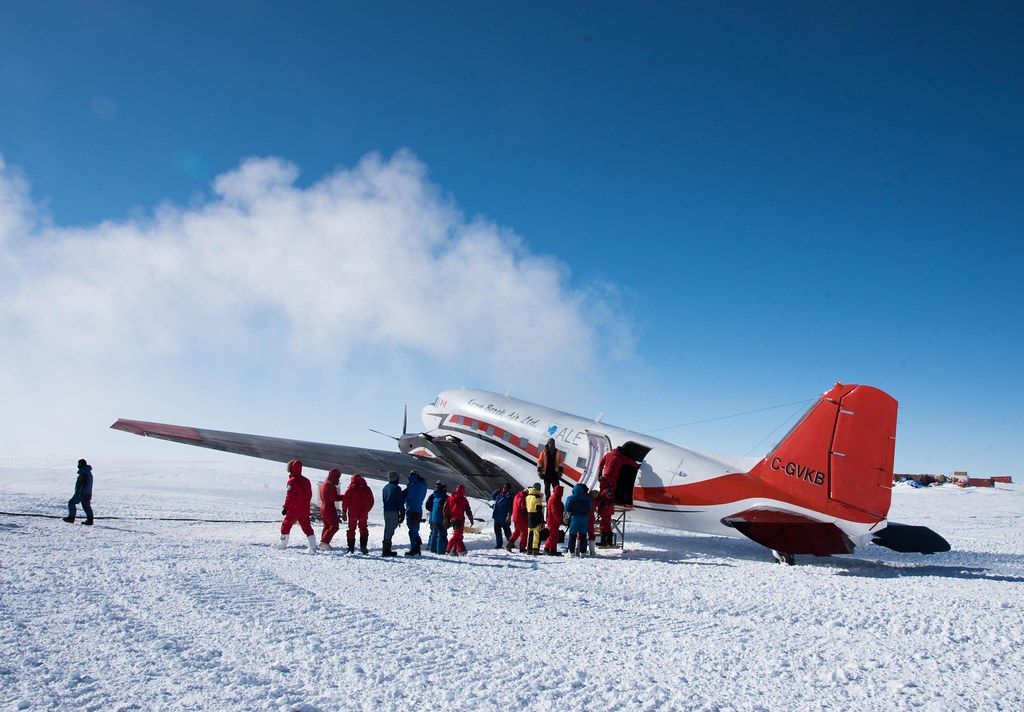Is It Time to Stop Protecting the Grizzly Bear?
Is It Time to Stop Protecting the Grizzly Bear?
The grizzly bear, once a symbol of the wilderness and a natural icon in North America, has been a species that has been protected for decades due to its declining population and habitat loss. However, as human populations continue to grow and encroach upon bear territories, conflicts between humans and grizzly bears have been on the rise.
Some argue that the current protections in place for grizzly bears are hindering economic development and agriculture in rural areas. They believe that allowing limited hunting of grizzly bears could help control their population and reduce conflicts with humans.
On the other hand, conservationists argue that grizzly bears are a keystone species in the ecosystem and play a vital role in maintaining biodiversity. They believe that removing protections for grizzly bears could have devastating consequences for the environment.
Recent studies have shown that grizzly bear populations have been increasing in some areas, indicating that current conservation efforts may be working. However, this has also led to more human-bear conflicts as bears expand their territories in search of food and suitable habitat.
Ultimately, the question remains: is it time to stop protecting the grizzly bear? The answer is not a simple one and requires a careful balance between conservation efforts and the needs of local communities. Perhaps a middle-ground solution that includes better education for both humans and bears, along with continued protection measures, is the way forward.
In conclusion, the debate surrounding the protection of the grizzly bear is a complex and multifaceted issue that requires careful consideration of all stakeholders involved. As we continue to strive for a harmonious coexistence between humans and wildlife, finding a sustainable solution that benefits both parties is crucial.


